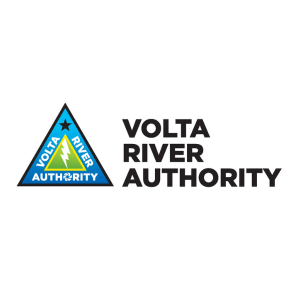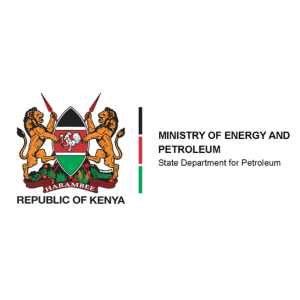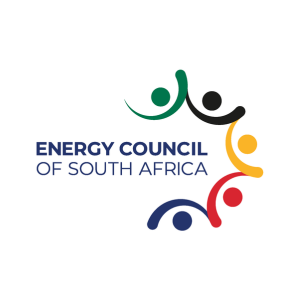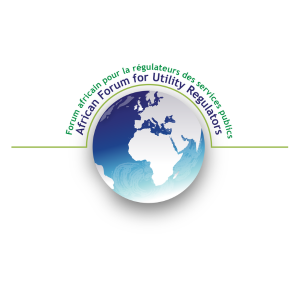Dec 14 | 2023
NamPower, Namibia's state-owned power utility, has signed a contract with a Chinese joint venture to build the first utility-scale battery energy storage system (BESS) in the country
NamPower, Namibia's state-owned power utility, has signed a contract with a Chinese joint venture to build the first utility-scale battery energy storage system (BESS) in the country and the Southern African region.
The contract was awarded to Shandong Electrical, Engineering & Equipment Group Co., Ltd and Zhejiang Narada Power Source Co., Ltd JV, following an elaborate tendering and evaluation process, NamPower said in a statement shared on its social media channels.
The project, which is expected to cost around 25 million Euros, will involve the construction of a 54 MW / 54 MWh BESS Plant at the Omburu Substation, located 12 km southeast of Omaruru, Erongo Region. The plant will provide ancillary services such as frequency control, voltage support and spinning reserve to the national grid, as well as enhance the integration of renewable energy sources.
“This BESS will be a game-changer and transformative leap in the Namibian energy landscape,” NamPower said.
“It will reshape how NamPower generates, distributes, and consumes electricity reinforcing the company’s vision of transitioning towards a more resilient and sustainable future.”
The project is partly funded by a grant of 20 million Euros from the German government, through the KfW Development Bank. The grant agreement was signed on 7 December 2021 by the National Planning Commission, NamPower and KfW.
NamPower will contribute approximately 5 million Euros for the construction of the transmission interconnection, technical advisory, project management, and an owner's engineer.
The construction work is planned to take 18 months and the plant is expected to be operational by mid 2025.
Namibia’s green energy goal
Namibia has a small population of 2.4 million people and a low electrification rate of 56%. It can generate only 40% of its own electricity and relies on imports, mainly from South Africa. The government wants to boost its power capacity to 1,677 MW by 2035, with 60% coming from renewables.
Currently, the country has 610 MW of grid-connected capacity, of which 460 MW is state-owned and 150 MW is run by private firms, mostly using solar panels.
Namibia’s planned new battery storage system brings it closer to reaching its green-energy goal. Its Renewable Energy Policy aims to modernise the energy sector, make it more self-reliant and turn it into a net exporter of power.
The contract was awarded to Shandong Electrical, Engineering & Equipment Group Co., Ltd and Zhejiang Narada Power Source Co., Ltd JV, following an elaborate tendering and evaluation process, NamPower said in a statement shared on its social media channels.
The project, which is expected to cost around 25 million Euros, will involve the construction of a 54 MW / 54 MWh BESS Plant at the Omburu Substation, located 12 km southeast of Omaruru, Erongo Region. The plant will provide ancillary services such as frequency control, voltage support and spinning reserve to the national grid, as well as enhance the integration of renewable energy sources.
“This BESS will be a game-changer and transformative leap in the Namibian energy landscape,” NamPower said.
“It will reshape how NamPower generates, distributes, and consumes electricity reinforcing the company’s vision of transitioning towards a more resilient and sustainable future.”
The project is partly funded by a grant of 20 million Euros from the German government, through the KfW Development Bank. The grant agreement was signed on 7 December 2021 by the National Planning Commission, NamPower and KfW.
NamPower will contribute approximately 5 million Euros for the construction of the transmission interconnection, technical advisory, project management, and an owner's engineer.
The construction work is planned to take 18 months and the plant is expected to be operational by mid 2025.
Namibia’s green energy goal
Namibia has a small population of 2.4 million people and a low electrification rate of 56%. It can generate only 40% of its own electricity and relies on imports, mainly from South Africa. The government wants to boost its power capacity to 1,677 MW by 2035, with 60% coming from renewables.
Currently, the country has 610 MW of grid-connected capacity, of which 460 MW is state-owned and 150 MW is run by private firms, mostly using solar panels.
Namibia’s planned new battery storage system brings it closer to reaching its green-energy goal. Its Renewable Energy Policy aims to modernise the energy sector, make it more self-reliant and turn it into a net exporter of power.


























